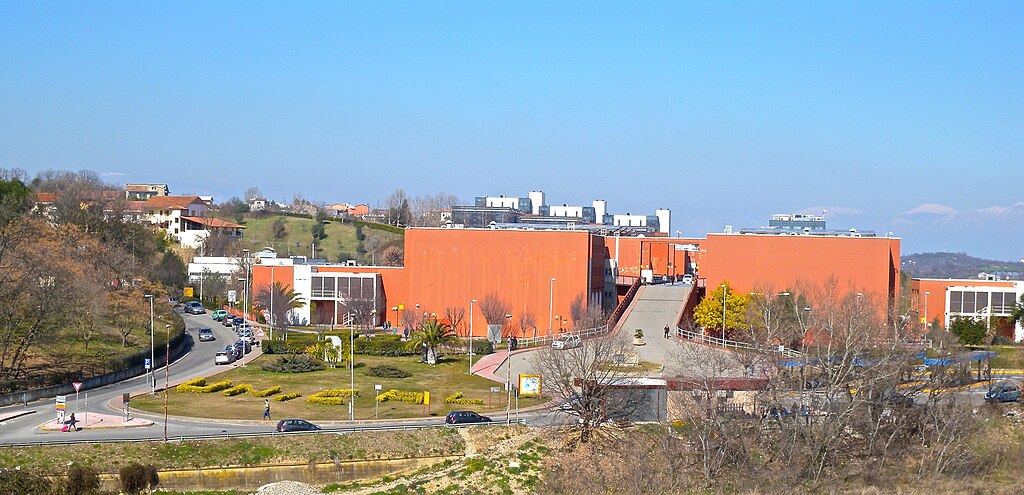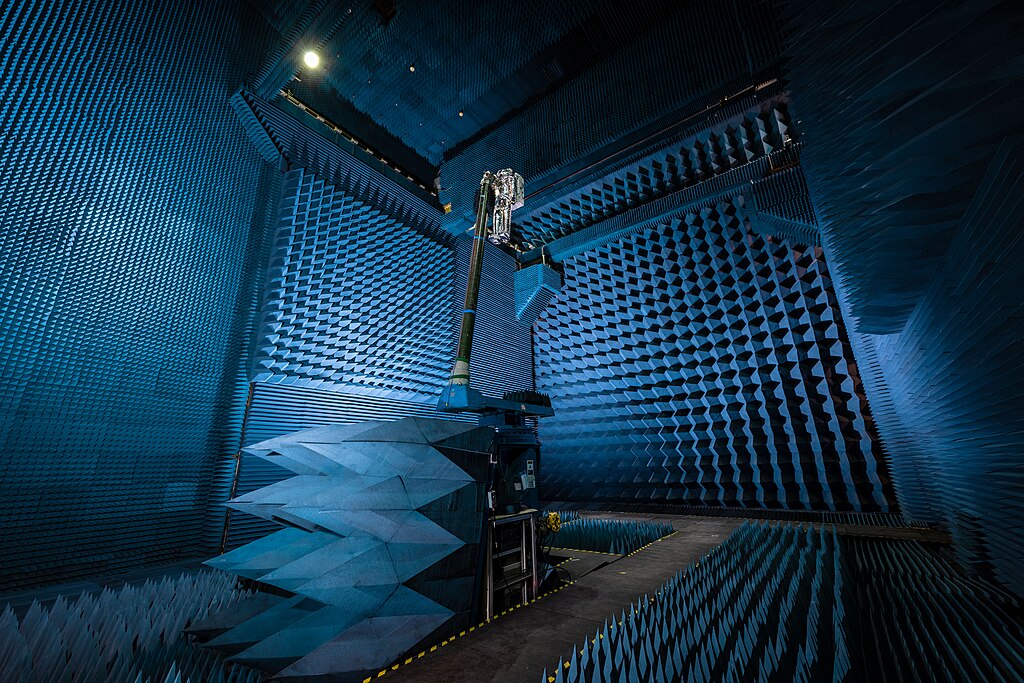Engineers and researchers are constantly seeking ways to develop radar solutions that are not only efficient, but also highly flexible and cost-effective. One possible solution to this challenge was the development of a low-cost software-defined radar system, which offered the ability to adapt and reconfigure its main parameters on the fly. In this post, we will explore a case study that exemplifies this achievement, showcasing how technology and software can revolutionize radar applications.
The Challenges and Solutions of the Radar System
The primary challenge in this case study was to create a radar system that was not only cost-effective but also highly flexible for target detection. Traditional radar systems often rely on dedicated hardware for specific applications, making them rigid and costly to adapt to different scenarios.
The solution to this challenge involved leveraging cutting-edge technology. To do this, they turned to software-defined radar (SDR) systems- using the NI USRP-2920 transceiver in combination with LabVIEW software to develop a flexible, low-cost radar system. What makes SDR systems so impressive? They carry out transmission, reception, and signal processing operations entirely through software- opening up a whole new world of possibilities for radar applications.

Benefits of the SDR Approach
Multipurpose Radar: In SDR systems, data processing algorithms are implemented through software and stored in memory. This means you can easily switch between different radar procedures, such as synthetic-aperture radar (SAR), Radar Meteo, Doppler, and more. This flexibility is a game-changer.
Easy Signal Processing: Integrating signal processing algorithms directly into the SDR system streamlines radar signal processing, making it quicker and more efficient compared to classical radar systems.
Cost-Effective Development: By using programmable hardware like the USRP-2920 module, the team managed to develop various low-cost radar applications in a fast and efficient manner.
The heart of this innovative radar system was the NI USRP-2920, which is programmable through the GNU Radio open-source software platform. The series of software-defined radio USRP-292x transceivers developed by NI offer a flexible platform for educational purposes. These transceivers were complemented by NI’s LabVIEW software, which facilitated the implementation of radar techniques and signal processing algorithms.
The radar signal processing algorithm in this system was based on chirp signal elaborations and was implemented with LabVIEW, which provided a reliable means to experimentally verify the USRP-2920 module’s behavior.
Testing the SDR System
To validate the system’s performance, two specific tests were conducted: an open field test and an anechoic chamber test.
Open Field Test: This test aimed to identify the distance of a metal plate using two antennas for transmission and reception. The experiment included the USRP-2920, the antennas, the target, and a PC running the LabVIEW application. The results demonstrated the system’s effectiveness over distances ranging from 0 to 18 meters.

Anechoic Chamber Test: For this test, an amplification circuit was added to extend the system’s range. The results showed how the system performed with a metal screen target at varying distances from 0 to 12 meters.
This case study presents an innovative, flexible, and cost-effective solution in the realm of software-defined radar systems. By combining the power of LabVIEW and NI USRP technology, the team successfully created a versatile radar system. This system’s slant-range resolution of 6 meters, excellent for most radar applications, opened up new possibilities for radar-based research and monitoring (such as landslide fronts, as demonstrated by the Microwave Laboratory of the Università della Calabria).
Software-defined radar has the capacity to revolutionize the world of radar technology. It not only provides cost-effective solutions, but also empowers engineers and researchers to adapt and configure their radar systems to meet their unique needs. The journey of innovation in radar technology continues, and with SDR systems, the sky is not the limit; it’s just the beginning.
The case study discussed in this post, “Creating a Software Defined Radar System Using NI USRP and LabVIEW”, was originally co-authored by Sandra Costanzo, Francesco Spadafora, and Giuseppe Di Massa from the Università della Calabria.







